Sennheiser is one of the most recognizable brands in the world of audio. From microphones to true wireless systems, they’ve had their hand in a lot of different parts of the industry. Consumers and audiophiles have found their own ways to obtain a Sennheiser product, but what if the two met? This is the question brought up by the new 560s, Sennheiser’s latest open-back headphones. They’re no stranger to the world of open-backs, as the HD660s and HD800 are some of the most popular headphone models amongst audiophiles today. However, the 560s owes itself more to the 599 and 569. These were among the most inexpensive listening experiences in the HD line, and now the 560s joins those ranks. But can you really get a Sennheiser HD series quality for the price of $199.95?
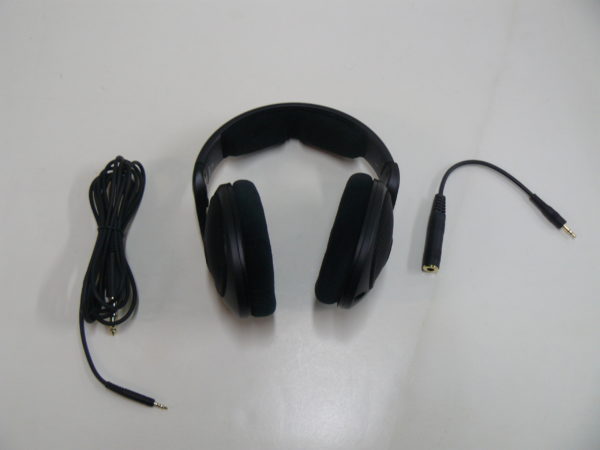
What You Get
- HD 560S headphones
- 3 m cable with 6.3 mm plug
- 6.3 to 3.5 mm adapter
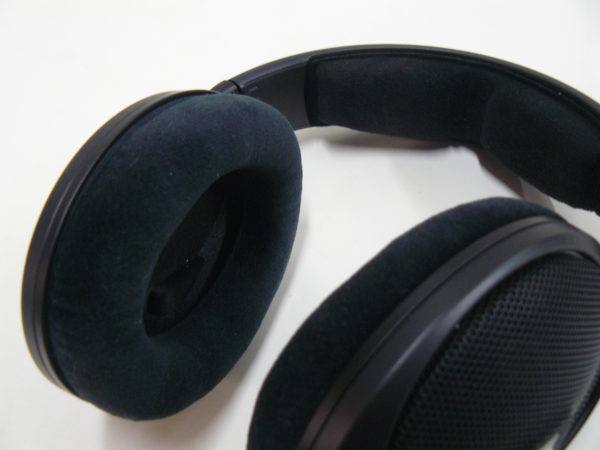
Look and Feel
If you’re familiar with the HD569 and the 599 then the 560s shouldn’t surprise you with its architecture. It’s perfectly representative of a more compact design of the 660s, with its large grill face and circumaural housing. The materials used on the 560s aren’t as elegant as some of the more prestigious models in the HD line, but their lightweight design does help in more lasting listening sessions. It’s a simple build that plays its part well, with long yokes and a durable headband holding the earcups firmly to your head. The velour earpads and headband cushions also help enhance the level of unpressurized comfort.
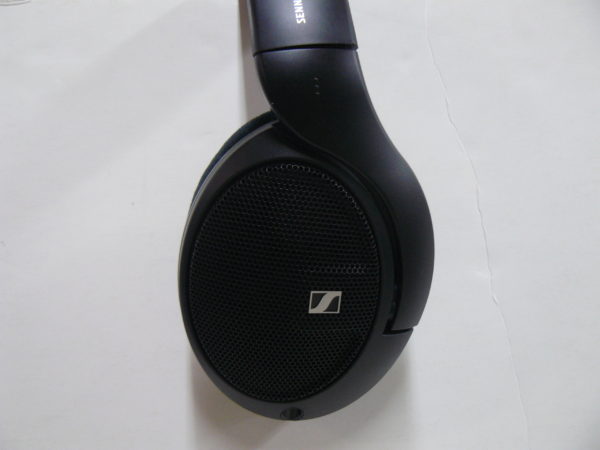
Design
The 560s uses an open-back principle, with a 38mm polymer dynamic driver unit. The drivers are angled using Sennheiser’s E.A.R.(Ergonomic Acoustic Refinement) system. This angles the driver alignment in an attempt to mimic the effect of listening from studio monitors, or a set of stereo hi-fi loudspeakers. The 560s aims to produce a reference style sound for analytical and production use.
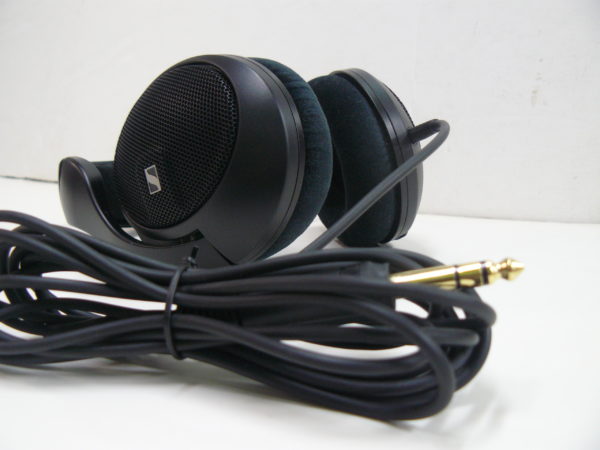
Output
With an impedance of 120 Ohms, you might want to invest in an amplifier to really do these headphones justice. Plugging in the 560s through its 3.5mm connector and straight into a smartphone or laptop might produce a low-level signal that won’t be sufficient for these headphones. I paired my model with the new iFi Neo, where I was able to access MQA playback quality.
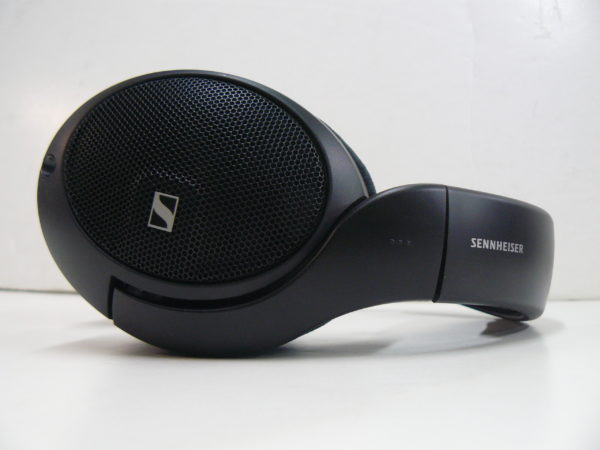
Soundstage
It’s no secret that open-back headphones have a truly unique ability to produce a more immense stereo field. Sennheiser especially has the ability to create a highly immersive and detailed stage, and that can be seen on models like the 660s and HD800. The 560s sits in a weird place. It needs to both live up to Sennheiser’s standard while adhering to its reference style practice. The 560s makes the best of both worlds, utilizing a deep stereo image with a tighter width. This doesn’t make the 560s lacking in width, it more so focuses the stereo field so that the details are more apparent. However, it does make the separation blend a little bit more than you might be used to hearing. Jazz and classical music might not have that sweeping width, but I found ambient and electronic music really fills the space well.
I listened to the new William Basinski album “Lamentations” which featured pools of lush drones that all came out very clearly in the 560s and the tighter space blended well with their sense of depth. This created a much more involved space that panned around my headspace effectively with the soundscape. It’s a more inward feel, that resonates with more heavy effects based music and sound design.
Low End
There was so much that surprised me about the bass response on the 560s. I didn’t expect this to have such a gripping sound. The bass has a great distribution of textures that create an even tonal balance within the sub-bass and low mids. While the low-mids sound pretty flattened out, the sub-bass dives deep, emanating a strong resonance that can shake your core. This was evident when listening to the album “Cast” from Heathered Pearls. The low droning synth-bass radiated with a buttery-smooth textural brilliance that while providing you with some excellent bass-feel never overstays its welcome, and appears entirely natural in the mix.
Mids
If you want to see the 560s as a studio reference headphone, the mids are going to be the most accurate representation of that. Detail retrieval is easy to come by, as instruments and effects sound complete and full-bodied. The track “India” from The Psychedelic Furs has a vocals performance that features these great punk-inspired vocal strains, which the 560s highlights well.
Highs
Open-back designs usually do a good job presenting treble response, since high-frequency information is easier to push outward. The 560s continues to apply itself as a satisfying reference headphone by not holding back its treble response. This might make some elements appear a little sharp at times, but it feels entirely authentic to the sound signature. This was most apparent listening to the newly released Mort Garson record “Music From Patch Chord Productions,” where whiny synths and effects resonate with clear details and articulation.
Summary
Sennheiser is always pretty trustworthy when it comes to their mainline headphone series. The 560s features a tightened neutral timbre which can be applied to reference, production work, and general detail-oriented listeners. If you’re not a fan of sibilance, you might not be entirely satisfied with the sound signature, even with the incredibly resonant sub-bass response. It might be a complicated sell for some, but I quite enjoyed the 560s quite a bit, and I’m excited to experience further listening through more music, movies, and gaming.
Pros and Cons
Pros: Gratifying bass, focused sound stage, accurate timbre, comfort
Cons: Mediocre material build
The Sennheiser HD560s is available at Audio 46.
Headphonedungeon may get a commission from retail offers.

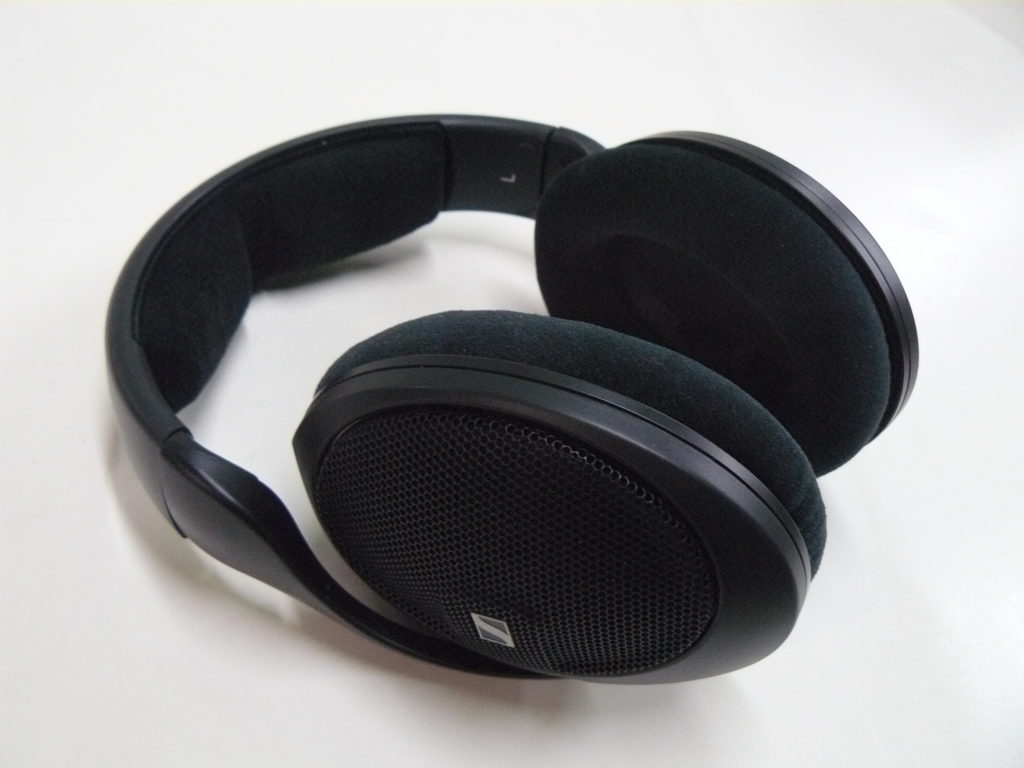
Only thing i concern about this headphone is the pads. Can it changeable pads?
Yes you can 🙂